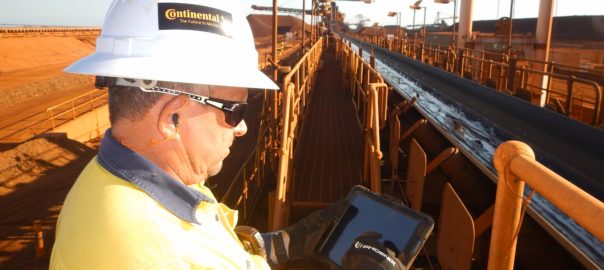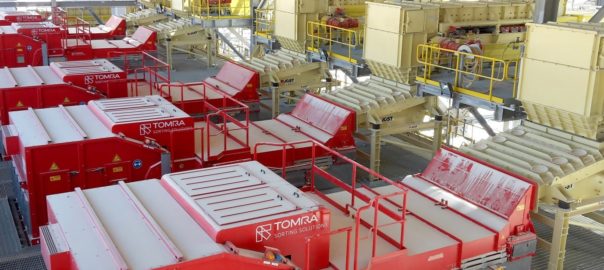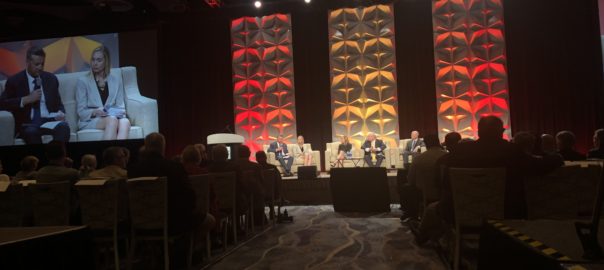Exyn Technologies has announced Exyn Nexys, a cutting-edge modular 3D mapping solution specifically designed to meet the unique needs of the mining industry, among others, at the SME MineXchange Conference and Expo, in Phoenix, Arizona.
Nexys stands out as a benchmark in autonomous mapping technology, delivering unmatched flexibility, speed and accuracy for surveying and inspection tasks in the most challenging and intricate environments, Exyn claims.
“Nexys boasts an innovative modular design that supports deployment in various configurations, including handheld, backpack-mounted, vehicle-mounted, drone-integrated, or via ground robots,” the company says. “This versatility renders Nexys an indispensable tool for comprehensive mapping in diverse environments, particularly underground and indoor spaces unique to mining, as well as rugged outdoor terrains.”
Equipped with advanced LiDAR technology and Exyn’s proprietary SLAM algorithms, Nexys achieves fast and efficient data capture speeds and real-time point cloud colourisation, the company says. When mounted on a robot, its Autonomy Level 4 (AL-4) capabilities enable intelligent autonomous navigation through dynamic, complex environments, guaranteeing extensive coverage even in GPS-denied areas critical for mining.
With integrated hemispherical cameras, Nexys provides immediate visualisation of detailed, colourised data directly onto a 3D point cloud. Capable of capturing up to 1.9 million scan points per second, it guarantees survey-grade accuracy up to 5 mm at 1 sigma, essential for precision-driven surveying and mapping operations in the mining sector, Exyn says.
Designed to IP67 standards within an ISO 9001 certified framework, Nexys is engineered to endure the harshest mining conditions. Its ergonomic design is complemented by a comprehensive suite of accessories, including GPS modules, protective cages and Drone Link for seamless robot integration, enhancing its utility in numerous mining scenarios.
Brandon Torres Declet, CEO of Exyn Technologies, said: “We are thrilled to introduce Exyn Nexys to the mining world, a reflection of Exyn’s unwavering commitment to innovation and our ambition to transform the landscape of mapping and surveying.”
Raffi Jabrayan, VP, Business Development of Exyn, added: “Nexys is specifically engineered to navigate the complex and hazardous environments of underground mines, offering unmatched accuracy, efficiency and safety in orebody mapping, stope condition monitoring and operational planning. This is a significant leap forward in our mission to enhance mine productivity and worker safety through cutting-edge autonomous mapping solutions.”










